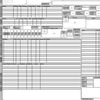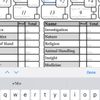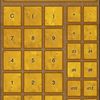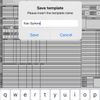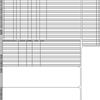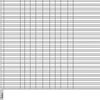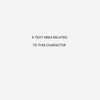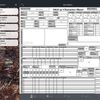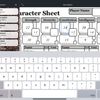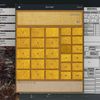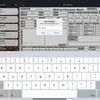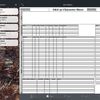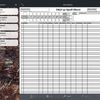The game
In direct contrast to the previous editions of the game, D&D Next was developed partly via a public open playtest. An early build of the new edition debuted at the 2012 Dungeons & Dragons Experience event to about 500 fans.
The edition returns to having only three core rule books, with the Player’s Handbook containing most major races and classes.
Mechanically, 5th edition draws heavily on prior editions, while introducing some new mechanics intended to simplify and streamline play.
Skills, weapons, items, saving throws, and other things that characters are trained in now all use a single proficiency bonus that increases as character level increases. Multiple defense values have been removed, returning to a single defense value of armor class and using more traditional saving throws. Saving throws are reworked to be situational checks based on the six core abilities instead of generic d20 rolls. Feats are now optional features that can be taken instead of ability score increases and are reworked to be occasional major upgrades instead of frequent minor upgrades.
The “advantage/disadvantage” mechanic was introduced, streamlining conditional and situational modifiers to a simpler mechanic: rolling two d20s for a situation and taking the higher of the two for “advantage” and the lower of the two for “disadvantage” and canceling each other out when more than one apply.
Clerics, druids, paladins, and wizards prepare known spells using a slightly modified version of the spell preparation system of previous editions. Healing Surges are replaced by Hit Dice, requiring a character to roll a hit die during a short rest instead of healing a flat rate of hit points.


